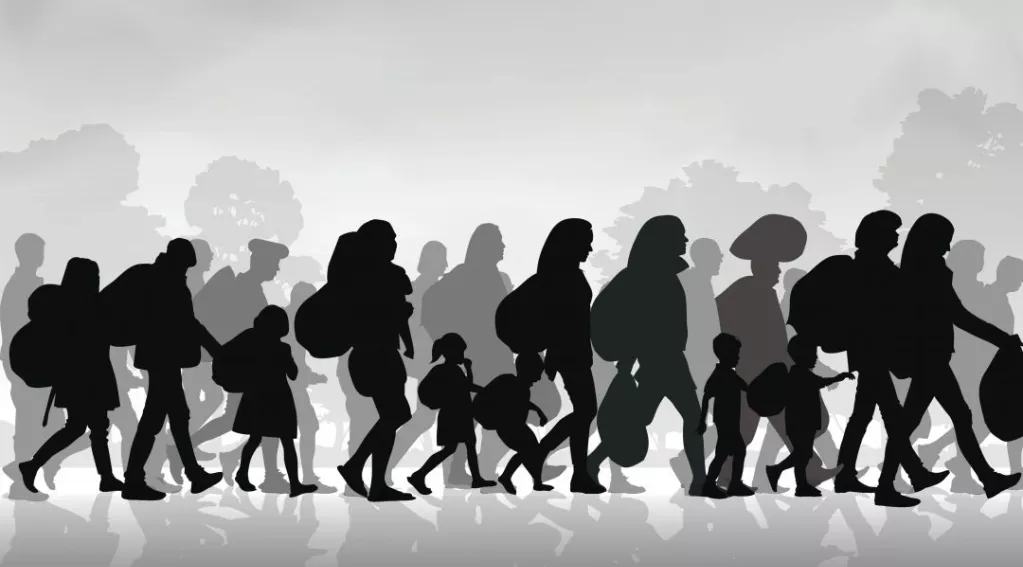One Month Of Fewer Apprehensions Does Not Mean the Border Crisis is Over

According to the Washington Examiner, officials with direct knowledge of Department of Homeland Security (DHS) data report illegal apprehensions at the southern border for June totaled 94,487, which is more than a 37,500 decrease from May. While some of the drop may be attributed to President Trump’s recent tariff threat on Mexico and the Mexican government’s increased role in its border enforcement, the significant decreases in illegal migration this time of the year are not unprecedented.
In fact, the start of the summer season is typically a deterrent for migrants who aim to cross into the country illegally. Temperatures soar in the summer months, exceeding 100 degrees Fahrenheit on an average day. These migrants, who are now mostly comprised of family units, trek thousands of miles through deserts and coastal plains to reach the U.S. border with minimal water, food, and medicine, making their journey even more difficult.
While it is still too early to determine whether the U.S.-Mexico immigration agreement is having a significant effect on apprehension reduction, there is ample historic evidence to suggest that the summer heat is an important factor.
Between 2000-2018, apprehension totals at the southern border for June decreased from May in every year but one. The June 2019 figure is still 2.5 times greater than June 2018 and five times greater than June 2017 but reveals that the transition to the summer season usually contributes to a decrease in apprehensions.
While these data are readily available, the mainstream media will continue to omit these facts from much of its reporting. The nation’s border crisis is far from over and continues to spiral out of control. While we may see decreases in apprehension figures for the summer months, they are bound to increase once the temperatures in the southwest region begin to fall and our porous southern border and exploitable asylum laws remain in place.
This summer, Congress has the opportunity to address the nation’s border crisis by enacting legislation that removes important “pull factors” that are driving the crisis. It is essential that it closes the loopholes in our asylum laws. It must amend the 2015 Flores Settlement that unreasonably constrains the detention of families with children, and the William WilberforceTrafficking Victims Protection Act (TVPRA) that treats all unaccompanied minors as though they are trafficking victims, even when they clearly are not. Fixing these policies would end the practice of catch-and-release and would deter people from using children to exploit our immigration system.
Further, Congress must approve funding for the southern border wall, increase the number of immigration judges at the southern border, and expand detention space to accommodate the growing number of migrants arriving at our southern border. Combined, these deterrent measures would make it more difficult for people to enter the United States illegally and less likely to be quickly released from custody.
All of these items are part of a comprehensive immigration reform strategy that would significantly reduce the monthly apprehensions at the southern border beyond just the summer months.

